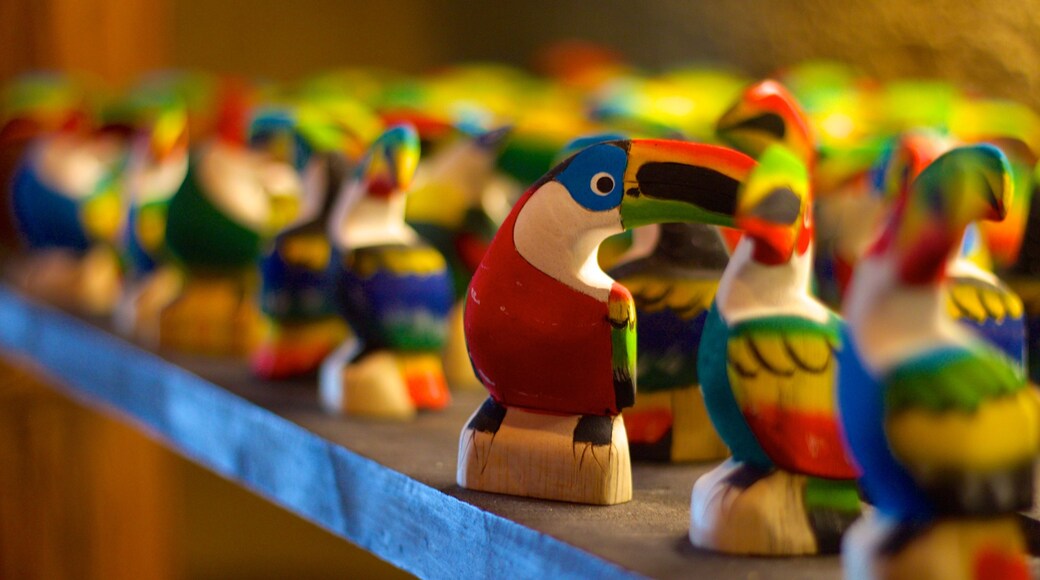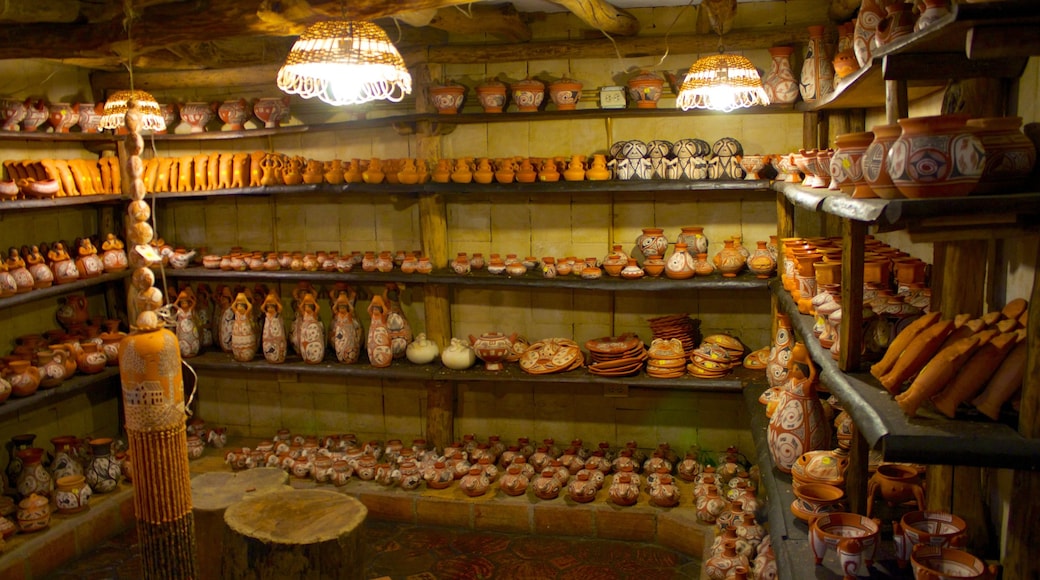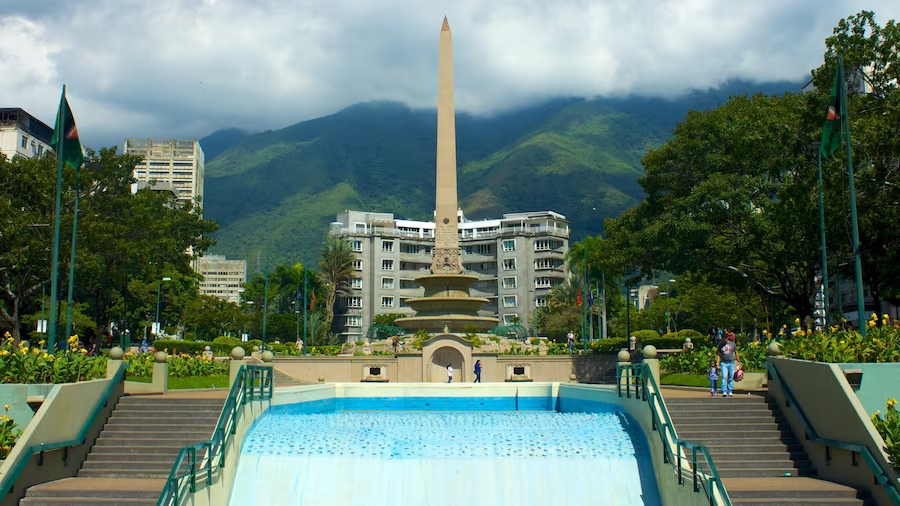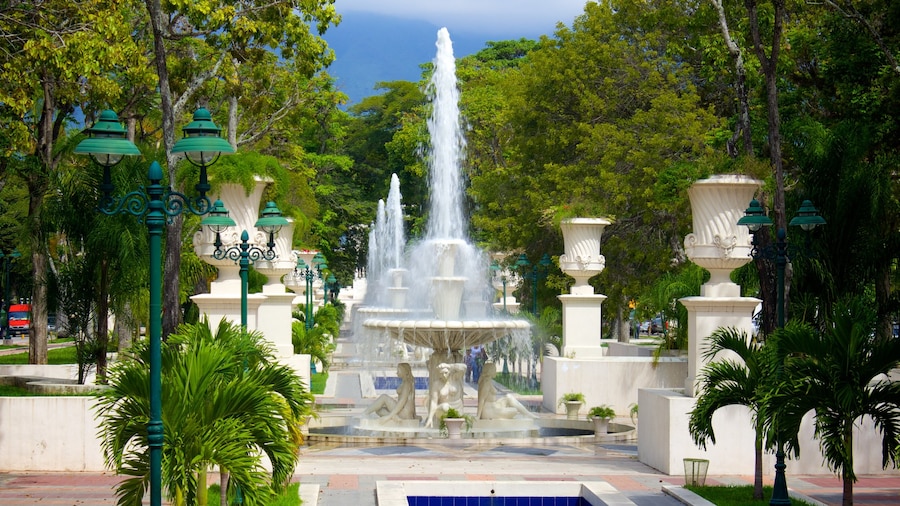El Hatillo is a pretty hillside community that has preserved many of its old colonial buildings. The narrow streets of this 16th-century village are lined with brightly painted homes, artisan stores, art galleries restaurants and bars. Enjoy traditional food, buy unique art, admire the architecture and relax.
Although only 10 miles (16 kilometres) southeast of Caracas, El Hatillo feels a world away with its slow pace of life, scenic backdrop of green peaks and mountain air.
Take your time wandering through the streets. Be prepared for some steep gradients because it is hilly here. Browse for traditional handmade goods such as Andean woodcarvings and hand-woven hammocks. Observe the neat rows of single-story colonial houses. Look out for some jewellery pieces and locally produced art, and sample some churros dipped in chocolate. These are fried dough sticks that are popular in several Spanish-speaking countries. Visit the Santa Rosalia de Palermo church, dedicated to the patron saint of El Hatillo.
Go to the main square, Plaza Bolivar, to see the statue of Simón Bolívar. He was a key figure in the struggle for independence against the Spanish Empire in the early 19th century. The square is also a nice spot where you can relax on a bench under the shade of a tree.
If you are in Caracas during October, come to El Hatillo for the Hatillo Musical Festival. This annual event is 2 weeks of concerts and street performances covering multiple genres including jazz, rock, blues and traditional Venezuelan music.
Stay in the village for dinner, where there is a variety of cuisines on offer. They include typical Venezuelan dishes, such as corn-based cachapas, as well as international flavours.
El Hatillo Village is only a short drive from Caracas. Although there’s plenty of parking, the streets are narrow and can be difficult for strangers to navigate. Alternatively, take a taxi or a bus from the capital city.
















